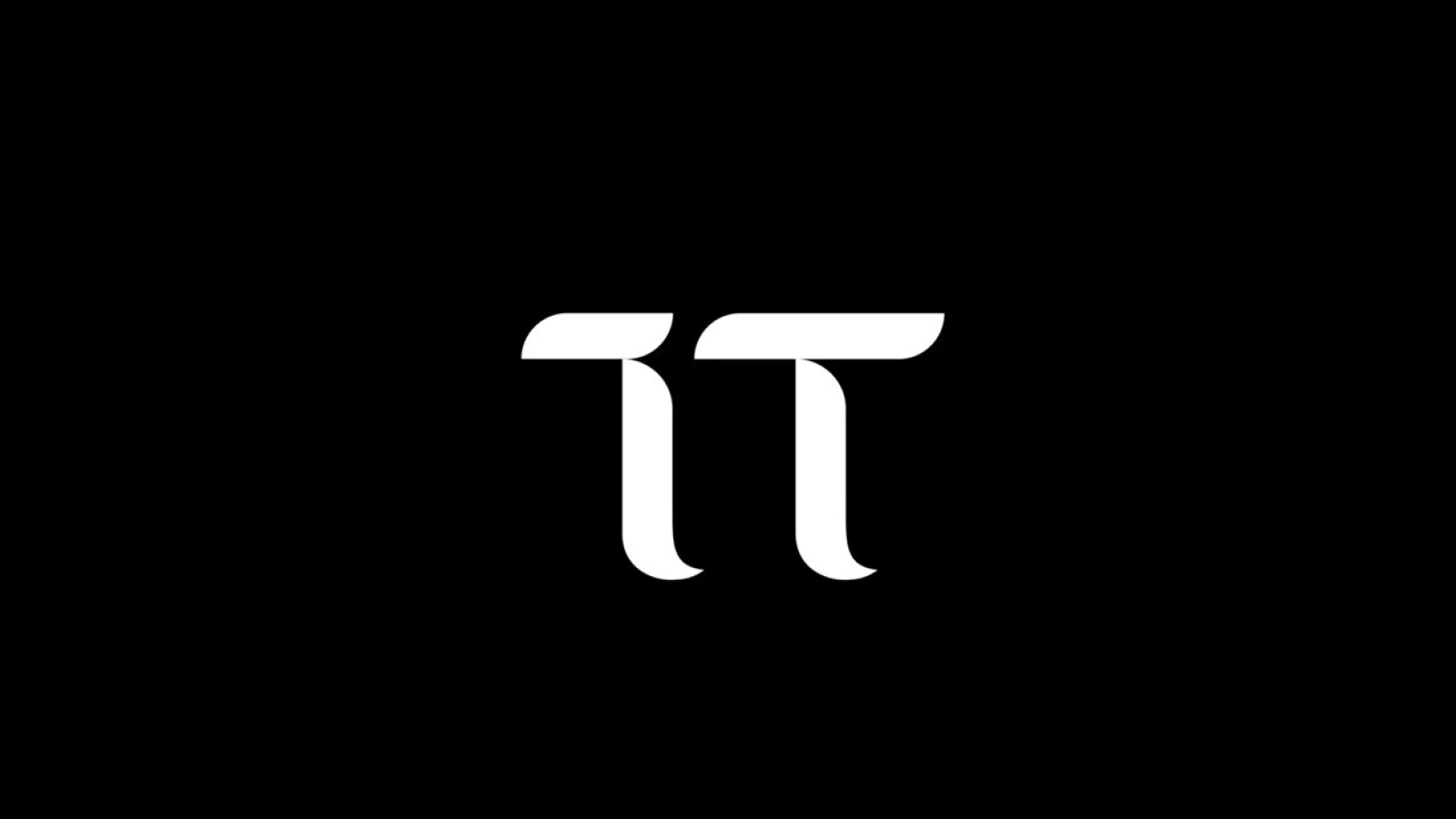From Centralized Control to Decentralized Intelligence: The Infrastructure Challenge Ahead
The dominance of centralized AI systems is starting to give way to a new frontier: decentralized machine learning. Projects like Bittensor highlight a growing shift in how AI models are trained, deployed, and monetized. At the heart of this transformation lies a critical question: Can our infrastructure keep up?
Centralized AI’s Limits
Traditionally, AI has been controlled by a handful of companies with access to massive datasets and proprietary infrastructure. These centralized models pose challenges:
- Lack of transparency
- Limited access to training resources
- Concentration of power and control
Enter Bittensor
Bittensor decentralizes model training and validation across thousands of nodes. It turns AI development into a permissionless, token-incentivized process. Instead of one company owning the model, the intelligence is distributed—and so are the rewards.
Infrastructure Implications
Decentralized AI introduces new infrastructure needs:
- Low-latency GPU compute to handle real-time inference
- Scalable provisioning for training models across subnets
High uptime and reliability to avoid penalties or slashing
How ionstream Supports This Future
ionstream is purpose-built for these demands:
- Our B200 and H200 GPUs deliver massive parallelism and bandwidth
- Bare-metal deployments eliminate virtualization overhead
- API-first provisioning lets you scale across multiple subnets quickly
We believe infrastructure should not be a barrier to decentralized innovation—it should be an enabler.
Get Started
Ready to decentralize your AI training? Our infrastructure is optimized for both traditional and frontier use cases like Bittensor.Learn more
